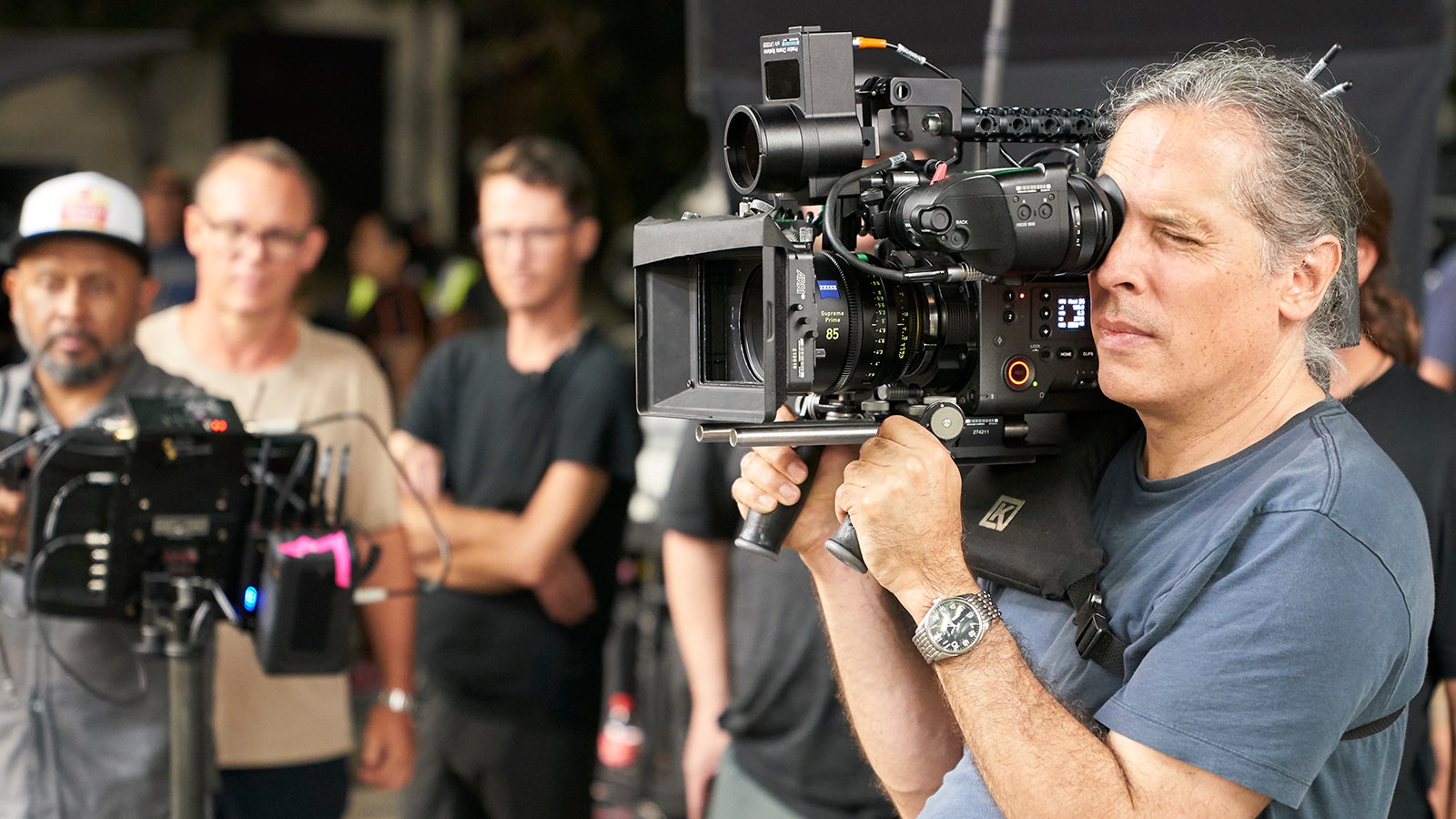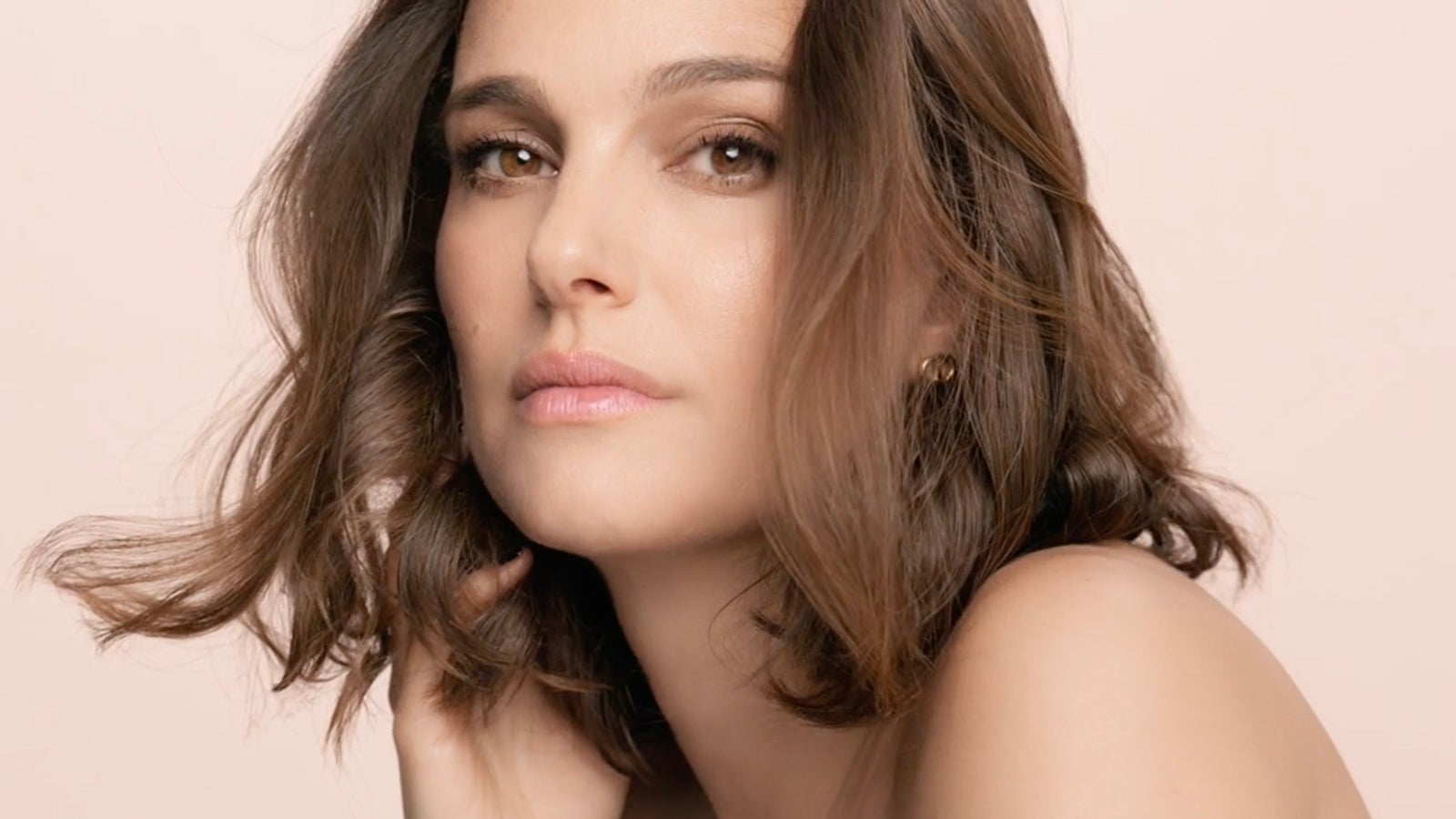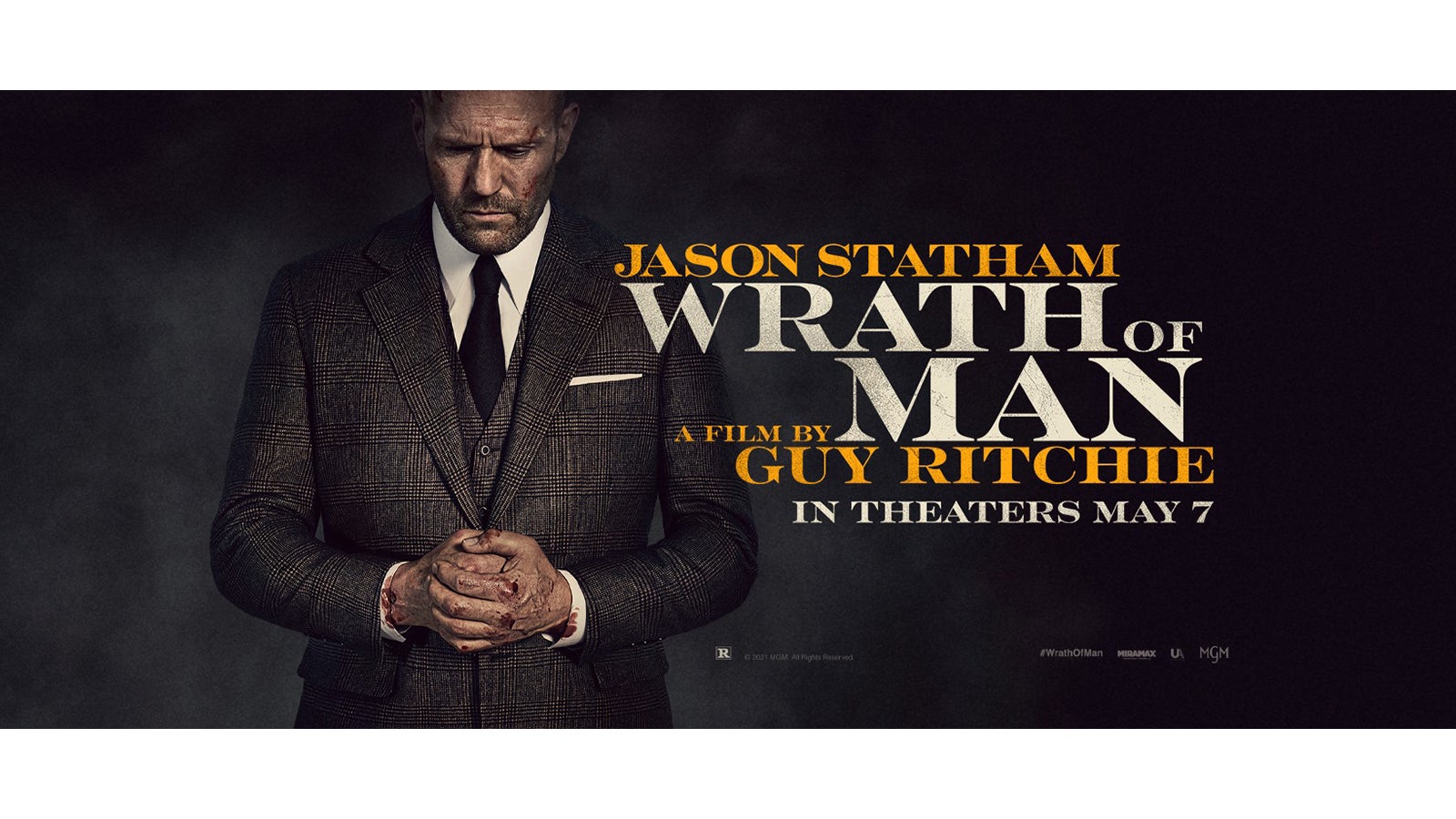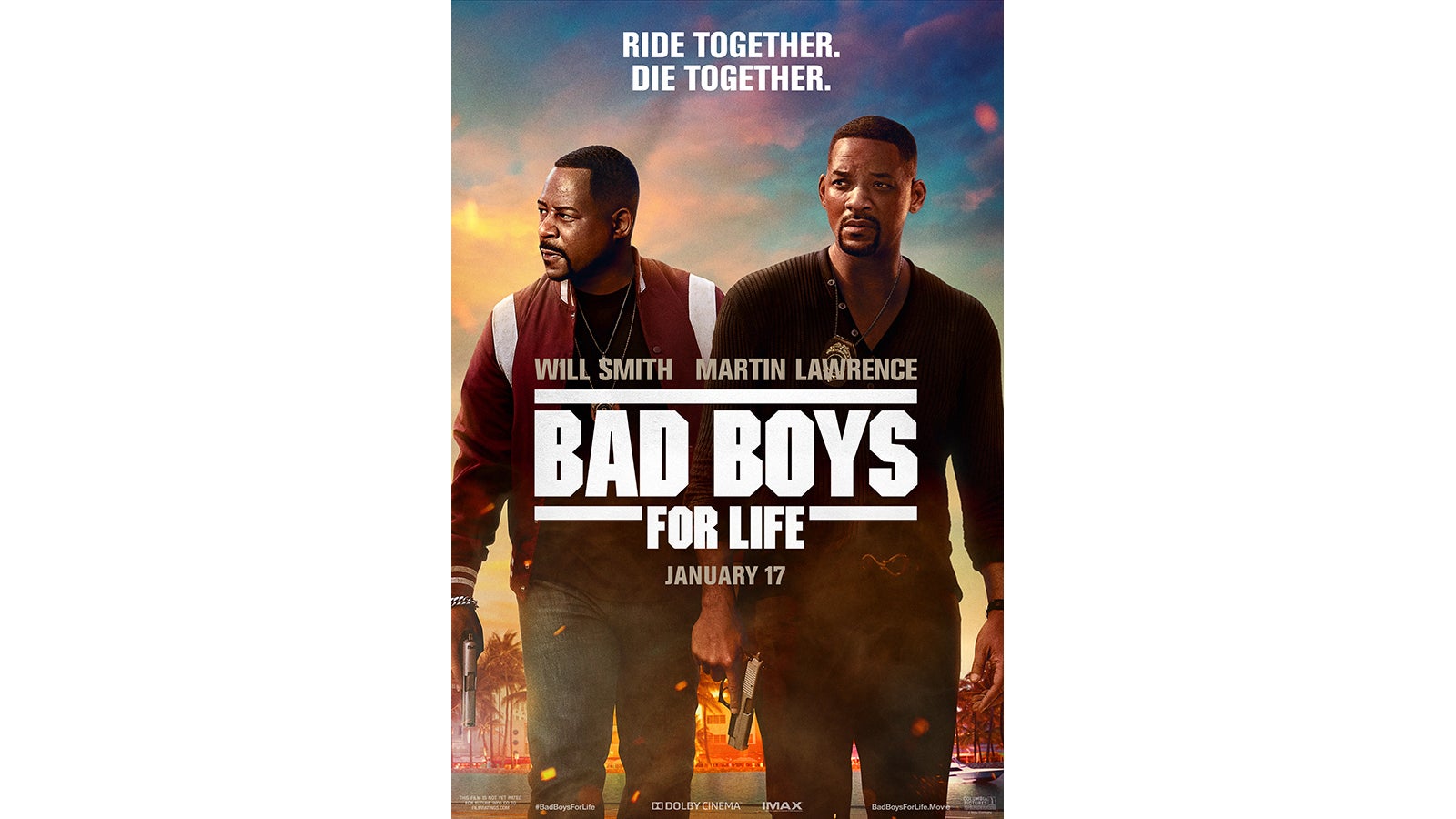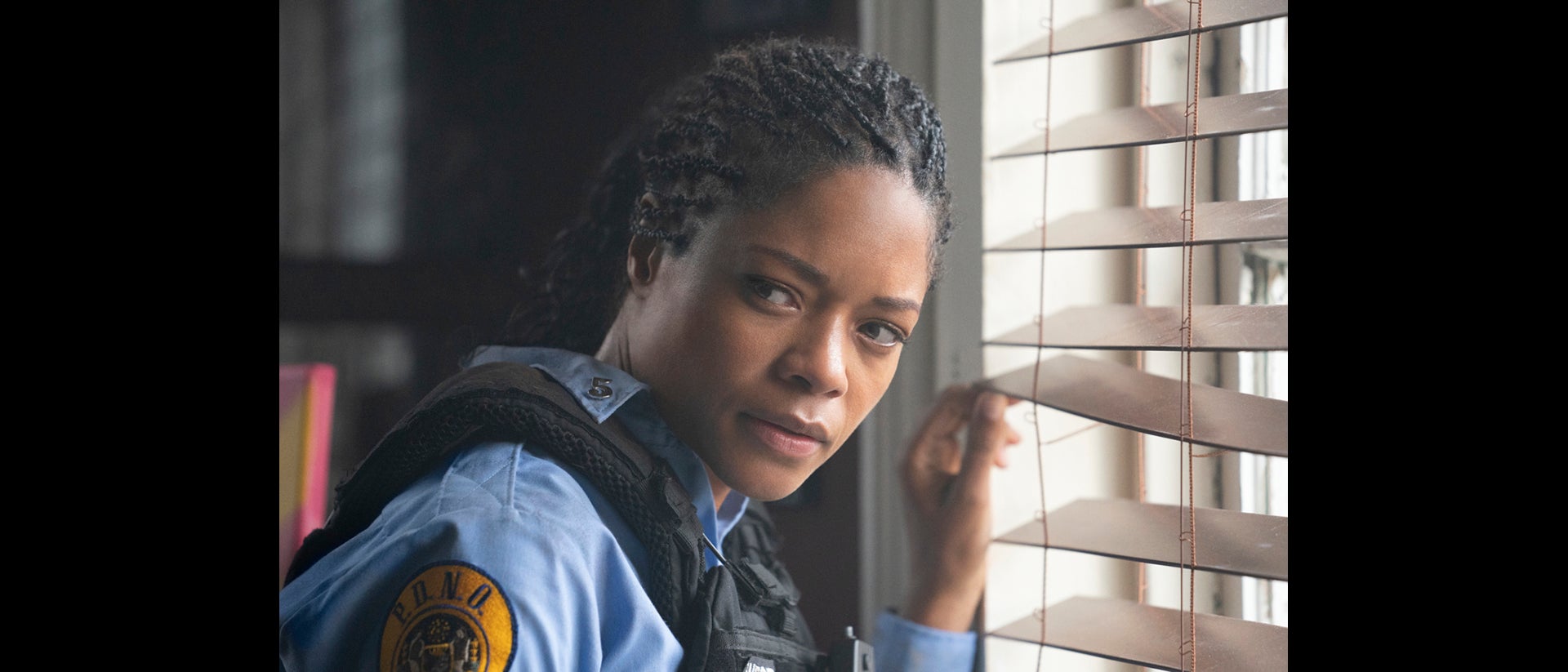
10-24-2019 - Case Study
"Black and Blue" - Shot on VENICE, A7S II, RX0 - An Interview with Glenn Gainor of Screen Gems about the Feature Film Lensed by Dante Spinotti, ASC
By: Jeff Berlin
Recently SonyCine.com sat down with Glenn Gainor, Head of Physical Production, Screen Gems to discuss the unique mix of cameras employed by Dante Spinotti, ASC to capture “Black and Blue.”
“Black and Blue” Trailer Below
"Black and Blue" Trailer
Jeff Berlin: Alright, let’s talk about “Black and Blue.”
Glenn Gainor: Naomi Harris plays a cop in New Orleans who ultimately has to go up against the establishment because she witnesses a killing by her colleagues that they're justifying internally, but she knows what they did was absolutely wrong.
Glenn: And she sort of channels Dante and says, "You've got to be the change you want to be." And so she says, I'm not going to fall down on this one. I've got this on my body camera and I'm going to report you guys and I'll let the law take care of itself in this particular situation, and they said, "Well, we're going to come after you." So the entire [police] force comes after her. And she's got to be the change. It’s a very compelling cop drama set in the streets of New Orleans. It is fictitious, but I think we all relate to the fact that sometimes we have to go up against authority. And if there's something that's not morally correct we've got to stand up for what is correct, and she does.
Jeff: Tell me how the film came about.
Glenn: Let's talk about the genesis of “Black and Blue”, directed by Deon Taylor. This was a script I received through the creative department here at Screen Gems. And you know, the first thing when you read a script that feels as visceral as “Black and Blue” felt, combined with a director who said he really wanted to put you in a place that felt real, that gave a sense of veracity, of the toughness of the neighborhood, of the tough decisions that our lead character had to go through, in this case, played by Naomi Harris.
Glenn: We knew that this could not be a movie that felt lit, and could not be a movie where in any way the production design or the cinematography took you out [of the story], but rather it keeps you in the story. And that's a very important thing because if you lose an audience for whatever technical reason, it's hard to get them back in, and they start to intellectualize and leave the story. We want to keep people in the story.
Glenn: When I first met with cinematographer Dante Spinotti, as we know a very critically acclaimed cinematographer, I said to him, let’s talk [about the film] over some fine wine and good coffee. And as we discussed the art of cinematography, I [told] him about this new camera called the VENICE, and detail some of its attributes - that it’s good for action work, that the sensor block can be detached from the main body with the VENICE Extension System, that it has built in ND filters, that it’s native full frame 6K, and that you can attach nearly any lens to it.
Jeff: Yep, one of the benefits of the E-mount under the camera’s PL mount.
Glenn: Right. You want a consumer lens on there for some reason, fine, you have E-mount. You want Anamorphic, you know, true 2X anamorphic, great. 1.3 Anamorphic, it can do that too.
Jeff: Yep.
Glenn: The versatility of that camera is so amazing.
“Black and Blue” Behind the Scenes Reel Below
"Black and Blue" BTS Reel
Glenn: When we prepped at Keslow Camera in Culver City for a movie bound for New Orleans, Dante invited his digital imaging technician, Daniele Colombera, to come to the camera test as well. Daniele couldn't believe the latitude and range that the camera has. And even on set when we were shooting he would say, "Look at the greens, and the grass and the foliage." He said, "I've never seen such accurate greens before." And to me that's the greatest compliment you can give a camera and its sensor, is to compliment its greens.
Glenn: Dante also boasted about how he was able to shoot in a changing environment in natural light, and that he knew the VENICE had the dynamic range and exposure latitude that shooting multiple takes during sunset would balance in the color timing.
Jeff: And further that with internal NDs, where he could switch filtration quickly and on the fly, yes?
Glenn: That's exactly it, yes. The fact that he could change the internal NDs on the fly to adjust for light level changes outside was a game changer for him.

Bodycam rig
Jeff: How did the RX0 and the A7S II figure into all of this?
Glenn: I'm a production executive with many years of producing motion pictures, so I look at tools that empower my storytellers. Knowing that no one tool can tell an entire story, I turned to the array of cameras and bodies and apparatus that we have. Each one to tell a whole unique part of one fluid story.
Glenn: So now, the Sony VENICE, in this case for “Black and Blue”, is used as a primary A and B studio camera. That's when our lead actors are looking you in the eyes and they're addressing the audience and talking to their co-stars in a close up, but not every shot is going to be so stylized. Some of the shots have to be more run and gun. And those shots might be curated by a different director, like an action director.
Glenn: So Deon Taylor was focusing on the characters and the emotion. Action director Robert Lanza, who recently worked on “Once Upon a Time in Hollywood” was working with the Alpha 7S Mark II cameras to get all the action work. Now, it doesn't matter that Rob may have had Alpha 7S Mark II in one unit, and Dante and Deon were using the VENICE on another unit because at the end of the day, it's all going into one movie and I knew that the color spectrum on the Alphas and the VENICE, and yes the RX0s, would all match up to create one fluid story.
Glenn: So all these tools helped us tell a story. The Sony VENICE was studio mode, let's call it. The Alpha 7S Mark II was for action mode, and the RX0 was used for all point of view cameras. This is a police body camera movie. We use the RX0s for a lot of that interpretation. But we also put the RX0s in crash positions, like for a sequence where a car is being backed into a wall.
Glenn: Well, that RX0 [played as] the wall and the truck smashed right into the RX0. It's an amazingly robust camera.

RX0 about to be smashed
Glenn: For the point of view shots, we used a lot of the Alpha 7S Mark II cameras. There was one point where we took two Alpha 7S Mark II cameras and mounted one on each side of a helmet and put the helmet on an operator’s head. They then ran through hallways and so forth.
Glenn: And here's why I feel confident about these cameras. On a previous movie called “Proud Mary” we had shot Alpha 7S Mark II and Alpha 9, and we shot F55. The F55s were using Leica Summilux lenses. And the Alpha 7s were using Panavision Primo lenses. Then, when we were deep into the post production process the studio, and I’m part of the studio, felt that we needed more establishing shots that we never really got. And I knew we weren't getting them at the time. I said, "Guys, let's see what we have. Once we know what we want, I'll go get it." So I went out to Boston with the Alpha 9, in this particular case with a 24-70 G Master series lens, and we used those pickups in the film, and it matches perfectly.
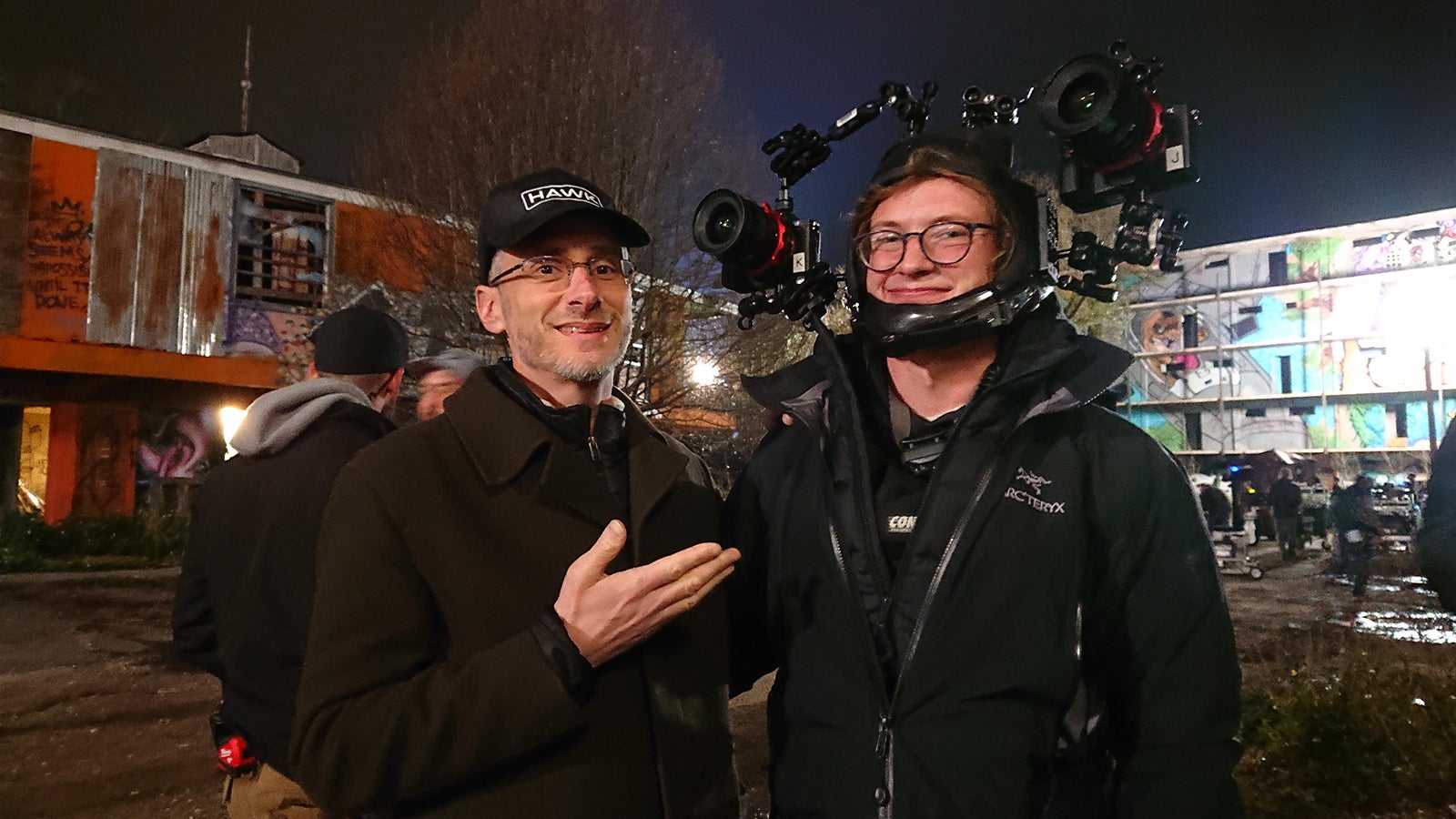
Glenn Gainor with the double Alpha A7S II helmet
Jeff: What lenses were you using on “Black and Blue,” on VENICE and on the Alpha?
Glenn: Hawk anamorphics. On the Alphas we used native, consumer G Master series lenses and matched it all up.
Jeff: What were the reactions of people when they were seeing footage from all three cameras, seeing how it was all matching? From having such a small form factor camera in the RX0, the flexibility of the Alpha 7 and the VENICE, and that all three seamlessly fit together.
Glenn: The reaction is that the artists felt freed to do the best creative job that they could ever dream. That's the reaction, kids in a sandbox, just having a blast.
Jeff: Nice.

DP Dante Spinotti, ASC framing up a shot
Glenn: And let's also remember that we used the Xperia 1 mobile phone as HDR monitors. And they were a great representation of the actual color spectrum. And that's because VENICE and Xperia are all from the same minds at Sony.
Glenn: So we're really getting to see the benefit of what Sony can do for artisans. It’s the Sony ecosystem, so all these camera sensors line up and that's something I don't think any other camera company in the world can say. Because as great as our competitors may be, they don't make both cell phones and major motion picture cameras.
Jeff: Nor do they make cell phones with 10 bit, 4:2:2, BT.2020 screens.
Glenn: That's right.
Jeff: It's kind of like a BVM-X300 reference monitor in your pocket.
Glenn: Yep.
Jeff: Which is kind of nuts.
Glenn: Yes, so as a filmmaker, as someone who loves the craft as I do, that's what keeps me in the Sony ecosystem, the knowledge that I have such an array of tools which are paint brushes to me. And they all have a similar palette that works beautifully together. And now I'm going to be able to tell a story best with these tools.
Jeff: It's really cool to see that. During the color timing how well did the RX0 and Alpha content hold up during the grade.
Glenn: It holds up beautifully. At first glance, you can't always tell the difference but of course you want to get your exposure dialed in properly.
Glenn: [The files are] not going to have as much latitude, obviously, as a higher grade camera’s going to have, but that's why you have higher grade cameras. It is what it is. But if you go in knowing what you're working with you're going to be in great shape.
Jeff: Exactly, for example what you did with “Possession of Hannah Grace”, and “Proud Mary.”
Glenn: Yes, it proved that you can make a motion picture with an Alpha camera. “Possession of Hannah Grace” was shot entirely in the Alpha 7S Mark II.
Jeff: Yep, super cool.
Glenn: Now imagine what you can do with Alpha 9 and VENICE and Xperia. You know, it just keeps going, keeps pushing. It's really a very exciting time to tell our stories.
Jeff: And that's really what it's all about, these are tools to help tell a story.
Glenn: Yes.
Jeff: So you pick the best tool for whatever you need to convey at that moment.
Glenn: Yes.
Jeff: And it sounds like that's what you did on “Black and Blue.”

Glenn Gainor with the Xperia 1 linked to VENICE
Glenn: Yep. exactly. You know, Dante Spinotti is still a curious, wonderful cinematographer, open to new technology. So he leaned into these new ideas and he was very excited to see what the RX0 one inch sensor camera can do. He loved the look of it. And he thought it was a perfect tool for this movie. And Rob Alonzo was very excited to know that he could take the lighter Alpha 7S cameras and mount those on stunt people and grab shots you never could do otherwise.
Glenn: Again, we know that in VENICE Extension System mode, the VENICE can do amazingly nimble shots that were unheard of in 6K before. But when you make a movie, and when you've got multiple units going on, sometimes you only have the bandwidth to have only so many bigger apparatus cameras. And knowing that, you can get more consumer-based cameras to tell the rest of the story, and within your budget parameters. It is an absolute game changer. That's something I’ve leaned into as a studio executive.
Glenn: Because I can say to people, "Let's get a three camera package from the camera vendor." But I can double, triple the amount of cameras, if you say three are going to be VENICE, six will be Alphas. A few of them will be RX0s. And if you need a couple others, like Xperia, we get Xperia.
Glenn: As an example, I have another film that I plan to shoot in February 2020 on the East Coast. There are sequences that say so and so [character] is being interviewed, and so and so [character] blogs so I said to the director, why don't we shoot that all on Xperia?
Jeff: In Cinema Pro Mode, I'm assuming.
Glenn: Yes, exactly.
Jeff: Which is a cinema camera emulator feature in the phone.
Glenn: Yeah, it's 4K HDR.
Jeff: You guys also did wireless monitoring with the Xperia 1, I heard.
Glenn: We did. The director was able to use each phone as a separate source to really check the frames. So if you had two VENICE cameras, you had two Xperias, each showing a great image, and as a more portable way of seeing it in true representation, closer to what the final result would be.
Glenn: So it wasn't like a standard monitor you would have on set. You're referencing 4K HDR Xperia phones that have such a great display with so much dynamic range.
Jeff: They're also higher resolution than a lot of directors monitors.
Glenn: Yeah. It's much better than some directors monitors. I loved it.
Jeff: Terrific, thank you Glenn.

Director Deon Taylor monitoring on set with the Xperia 1
